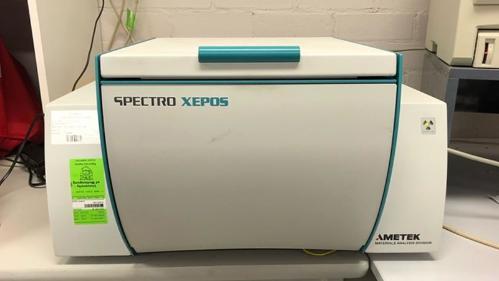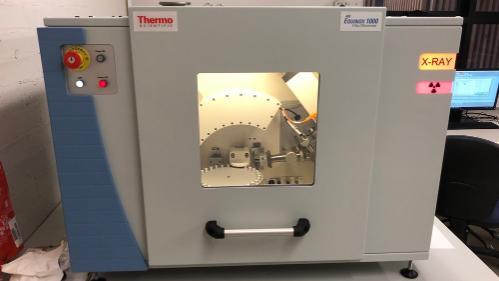Geoanalytical Laboratory (XRF and XRD)
Location: 41.G63
Contact: Lloyd White
The Geoanalytical Laboratory contains a ThermoFisher ARL Equinox 1000 X-ray diffractometer (XRD) commissioned in 2019 and a Spectro Xepos X-Ray Fluorescence (XRF) spectrometer commissioned in 2006.
The XRD is used to identify the mineralogy and crystallography of powdered samples, while the XRF is configured for routine analysis of major elements and trace elements within rock and sediment samples (typically using glass fusion disks and powdered pressed pellets). We have the capability to prepare samples for XRF and XRD analyses within our sample preparation laboratory. The laboratory is open for internal, collaborative and commercial use. Costs depend on the type of analyses, the amount users are involved and whether the work is collaborative or commercial.

